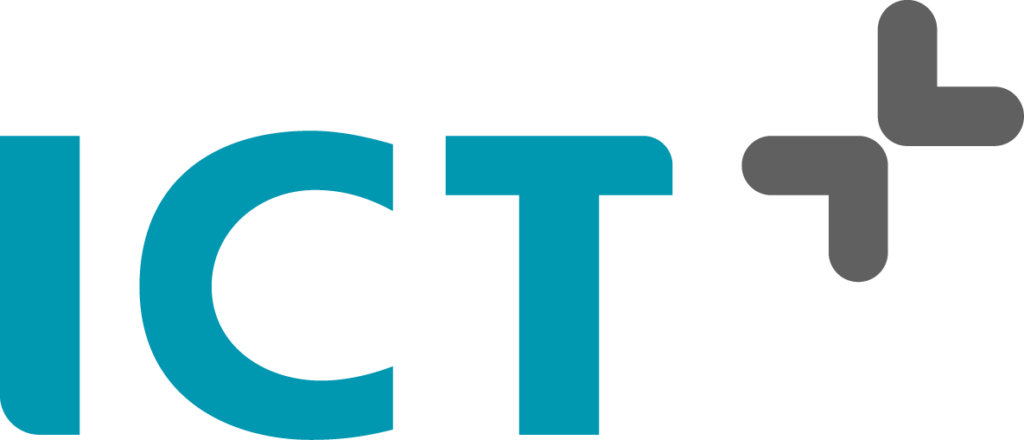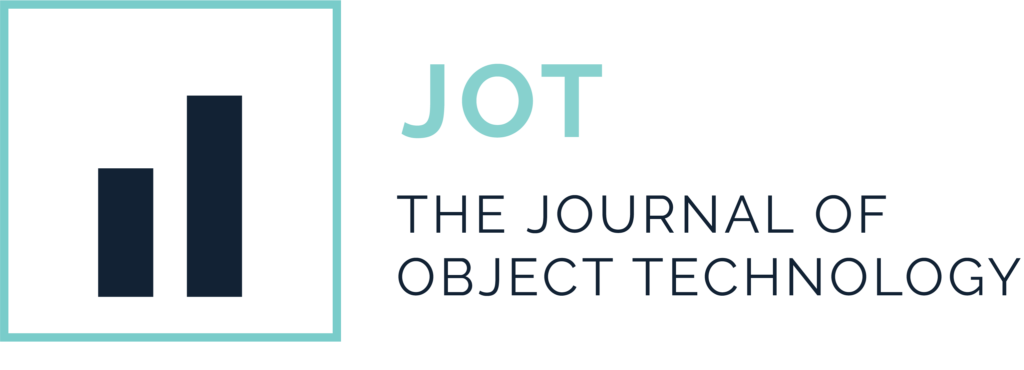STAF 2019 Industry Day
The STAF Industry Day event will showcase practical applications of Model Based/Driven technologies in industry, showing the level of adoption in industry and reflecting on the associated challenges. The event is an opportunity for networking with relevant academics and industrial partners in the field.
Program
Day chairs: Eugen Schindler, Yaping Luna Luo
| 9:00-10:00 |
Joint Industry Day and ECMFA/ICMT/JRCE Keynote Ivan Kurtev (Altran) – Engineering of Software Factories for High-tech Industry – Experience and Challenges |
| 10:00-10:15 | Opening Industry Day |
| 10:15-11:00 | Break |
| 11:00-12:30 | Session 1: Applications of Domain Specific Languages |
| 11:00-11:40 John Wolfgang (Massachusetts General Hospital / Harvard Medical School) and Frank van der Kruijssen (ICT Group) – User Interactions and their impact on DSL Design: An interactive case study for Radiation Oncology Workflow [slides] | |
| 11:45-12:25 Barbara Adema and Joris van Aart (Dutch Tax and Customs Administration) – MDSE at the Dutch Tax and Customs Administration [slides] |
|
| 12:30-14:00 | Lunch break |
| 14:00-15:30 | Session 2: Modeling practices |
| 14:00-14:40 Machiel van der Bijl (Axini) – Generating calculation engines [animated slides] | |
| 14:45-15:25 Klemens Schindler (Sioux) – Informal Behavior Modeling for a Medical System [slides] | |
| 15:30-16:00 | Break |
| 16:00-17:30 | Session 3: Models in Hightech Systems |
| 16:00-16:40 Daan van der Munnik (Philips Healthcare) – Model-Driven Engineering in Philips IGT-Systems [slides] | |
| 16:45 – 17:25 Eugen Schindler and Bart Theelen (Océ Technologies) – Modeling for everyone (developing high-end production print systems) [animated slides] [slides] | |
| Closing remarks Eugen Schindler and Julien Schmaltz |
Abstracts
John Wolfgang (Massachusetts General Hospital / Harvard Medical School) and Frank van der Kruijssen (ICT Group) – User Interactions and their impact on DSL Design: An interactive case study for Radiation Oncology Workflow
The complexity of software intensive systems is increasing, directly impacting development efficiency. Model-Driven Engineering technologies help increasing efficiency by raising the level of abstraction. Domain-Specific Languages as an integral part of Model-Driven Engineering support the description of different facets of the problem domain in a clean and concise way.
During the development of a workflow and data management system for radiation oncology, we experienced that the interaction between the user and the system engineer is crucial to prevent foreign domain aspects from creeping into the Domain-Specific Language. These extra-domain aspects introduce unnecessary complexity. To address this challenge, we used Domain-Driven Design methods. These methods helped keeping the Domain-Specific Language concise which resulted in an efficient software development effort.
Barbara Adema (Belastingdienst) – MDSE at the Dutch Tax and Customs Administration
The work of the DTA is governed by lot of complex, yearly changing laws. The challenge of developing these laws (as well as additional internal business decisions) into IT systems is further increased by the requirements of being able to traceably produce the same results for 15+ years, while implementing changes correctly on short notice. This presentation will show how implementing systems with MDSE based on a domain specific language helps us fulfill these requirements.
Machiel van der Bijl (Axini) – Generating calculation engines
Complex calculation engines, like actuarial calculation engines are hard to specify and to test. What we see is that the standard approach is that domain experts, like actuaries, create specifications. These specifications are converted into technical specifications by IT-specialists. And eventually the domain specialists have to accept the created calculation rules and test that they are correct. Often this is a long, hard and error-prone process.
With our model-based approach we put the domain-expert in the driver seat. Independently of IT-experts they specify (model) the calculation rules. The Axini platform supports automated testing and supports the automatic generation and deployment of calculation engine implementations. This leads to fast and error-free calculation engine implementations.
In this presentation we explain our model-based working approach and we show how this approach works in practice with a demo.
Klemens Schindler (Sioux) – Informal Behavior Modeling for a Medical System
A major challenge in engineering a medical device is maintaining consistency over implementation, documentation and configuration. While a high degree of formalization can be highly beneficial to large medical projects, it can be inaccessible for smaller ones. This experience report demonstrates how we improved our specifications and documentation by implementing a project-tailored solution involving glossary management, partial formalization of text, requirements management, behavior modeling, traceability, and status tracking.
Daan van der Munnik (Philips Healthcare) – Model Driven Engineering in Philips IGT-Systems
Within Philips, the business-unit Image Guided Therapy Systems develops X-ray systems for cardiac and vascular medical diagnosis and intervention. These systems contain a large software codebase that has to be maintained over a long system lifecycle. This presentation will highlight the challenges we face during development and maintenance and how we use model driven engineering techniques at various levels to deal with these challenges.
Eugen Schindler and Bart Theelen (Océ Technologies) – Modeling for everyone (developing high-end production print systems)
Océ is a more than hundred-year-old company and a global leader in digital imaging, industrial printing, and collaborative business services. To better, faster, and cheaper design and understand our systems, we have a long history of modeling across all disciplines and departments. The Océ vision is that models become leading artifacts during the lifecycle of product variants. Having many types of models spanning all disciplines and departments, our current challenge is to create, (re-)use, connect, and maintain models. We believe that the human component in our modeling ecosystem is crucial and that interconnecting models yields exponential added value. In this talk, we will show you our vision, supported by practical examples and challenges we meet when leveraging models and modeling tools broadly for everyday product development activities.







